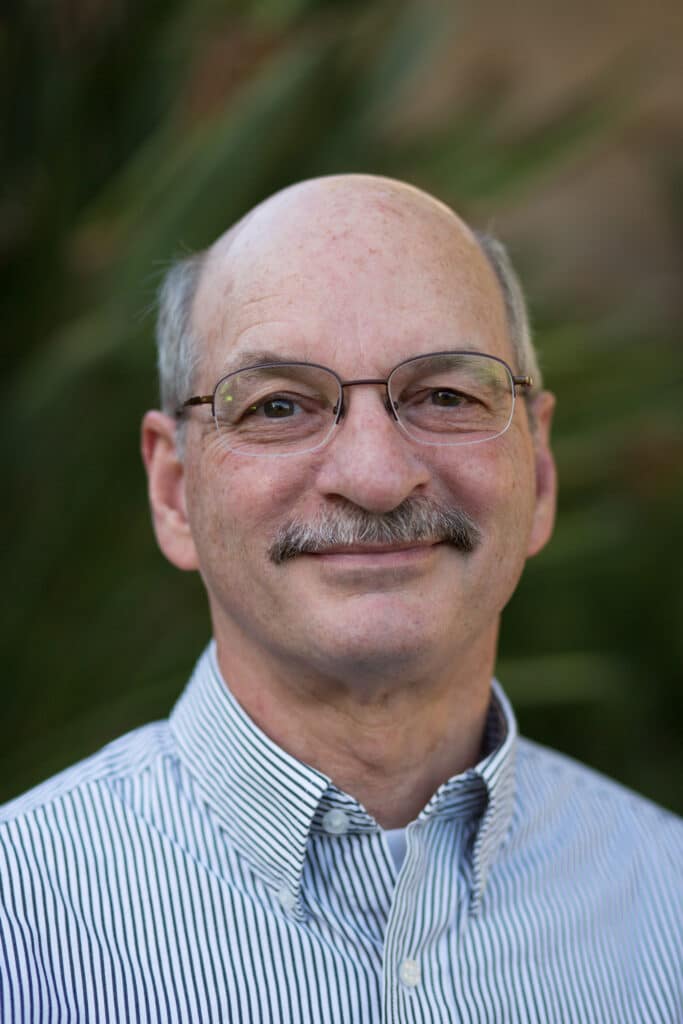Cell Therapy Hits a Stumbling Block
by Paul Clement

Despite the heightened anticipation of the development of a successful gene or cell therapy for hemophilia, sometimes things hit stumbling blocks.
Sigilon Therapeutics has paused development of its hemophilia A cell therapy candidate, SIG-001, after one of three patients enrolled in their Phase 1/2 clinical trial developed inhibitors and the implanted cells were found to be dead.
What exactly is SIG-001? It’s a modified form of cell therapy in which live human cells—not derived from the patient—are genetically engineered to express factor VIII and implanted into a patient.
Normally, foreign cells implanted in a person would be rapidly killed by the person’s immune system. In SIG-001, the genetically engineered cells are encased in tiny spheres of a proprietary synthetic biomaterial, which not only protects them from attack by the immune system, but also allows nutrients and waste to flow through the spheres, allowing the cells inside the spheres to survive. The synthetic spheres also allow factor VIII to flow out, making them little factor VIII “factories.”
How is this different than say, gene therapy? Sigilon’s cell therapy technology—and other similar cell therapies such as Sernova’s “cell pouch”—could have several advantages over gene therapy:
(1) most people with hemophilia would not qualify for gene therapy—it’s not for children, and they tend to be unsuitable for liver or kidney disease patients, those with inhibitors, or those with pre-existing antibodies to the viral vector used in the gene therapy (vectors are modified viruses used to deliver genes, such as the factor VIII gene, to cells).
(2) Gene therapies cannot be re-dosed if their efficacy starts to wane because, once dosed, the patient develops antibodies to the vector, which would rapidly destroy another dose, unless the patient was put on a regimen of immunosuppressive drugs. However, because SIG-001 protects the engineered cells from the immune system, patients could be re-treated if necessary–or have some spheres removed if the dose is too high. (The spheres are administered by injecting them into the patient’s abdomen through a large syringe.)
And (3), the most important potential advantage is cost. Gene therapies are hugely expensive (estimated to cost between $2-$2.5 million) and no satisfactory payment model has so far been worked out. SIG-001 would be off-the-shelf and easily scalable, making it more cost-effective.
So, what happened to SIG-001? In July 2021, the FDA put a clinical hold on the SIG-001 study after a patient developed inhibitors. Inhibitors in hemophilia A patients are common—as many as one-third of people with hemophilia A develop inhibitors, and they usually develop within the first few dozen infusions of factor. However, participants in the SIG-001 clinical trial were pre-screened to be at low risk of inhibitors. In order to qualify for participation in the clinical trial, prospective participants were required to have had at least 150 exposure days to factor, making the risk of developing inhibitors very low. So, a patient developing inhibitors in the clinical trial was concerning.
In November 2021, the inhibitor patient underwent a laparoscopic procedure to retrieve the implanted spheres, which were found to be fibrosed (covered with scar tissue) and the cells within them dead. For SIG-001, its proprietary synthetic biomaterial, specifically designed to prevent fibrosis which occurs when our body detects a foreign object, had failed.
In December 2021, Sigilon decided to pause SIG-001 development in a “strategic reprioritization” in which they laid off approximately 38% of their workforce and refocused their efforts for now on developing a cell therapy for a rare lysosomal disease.
Sigilon has an excellent concept, but unfortunately, its product met an unexpected stumbling block. With each stumbling block though, we also learn, and get one step closer to a successful “cure” for hemophilia.
Paul Clement is a science writer for the hemophilia community who enjoyed a long career as a high school science teacher. He is especially adept at translating complex topics into easy-to-understand language. He is the chief science writer and editor for LA Kelley Communications’ publications, including the Parent Empowerment Newsletter from 1998-2021 and PEN’s Insurance Pulse magazine from 2009-2020. He is co-author of the books Managing Your Child’s Inhibitor and A Guide to Living with von Willebrand Disease. He holds a bachelor’s degree in biology and a master’s degree in science education from California State Polytechnic University. Paul lives in southern California with his wife Linda. They have two adult children, Erika and Brett, who has severe hemophilia A.

